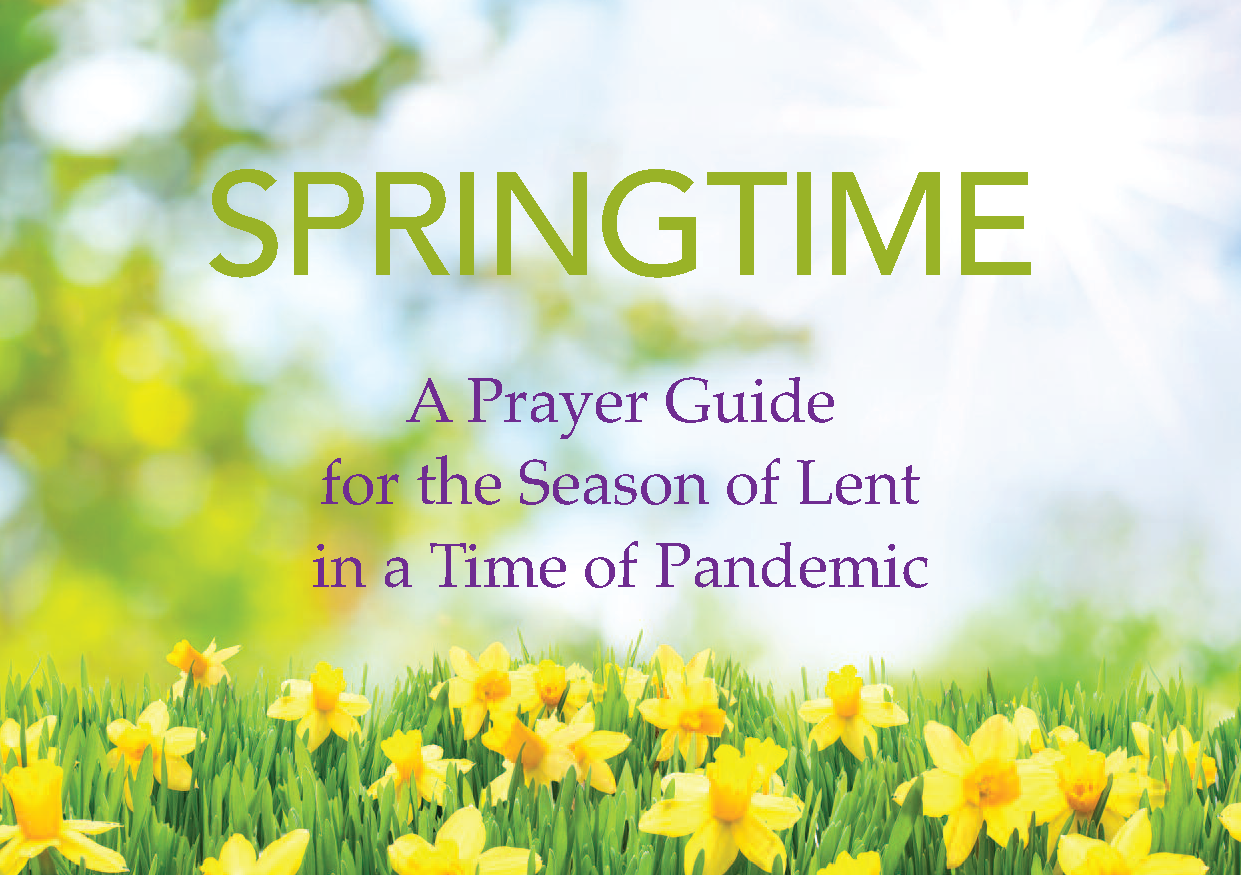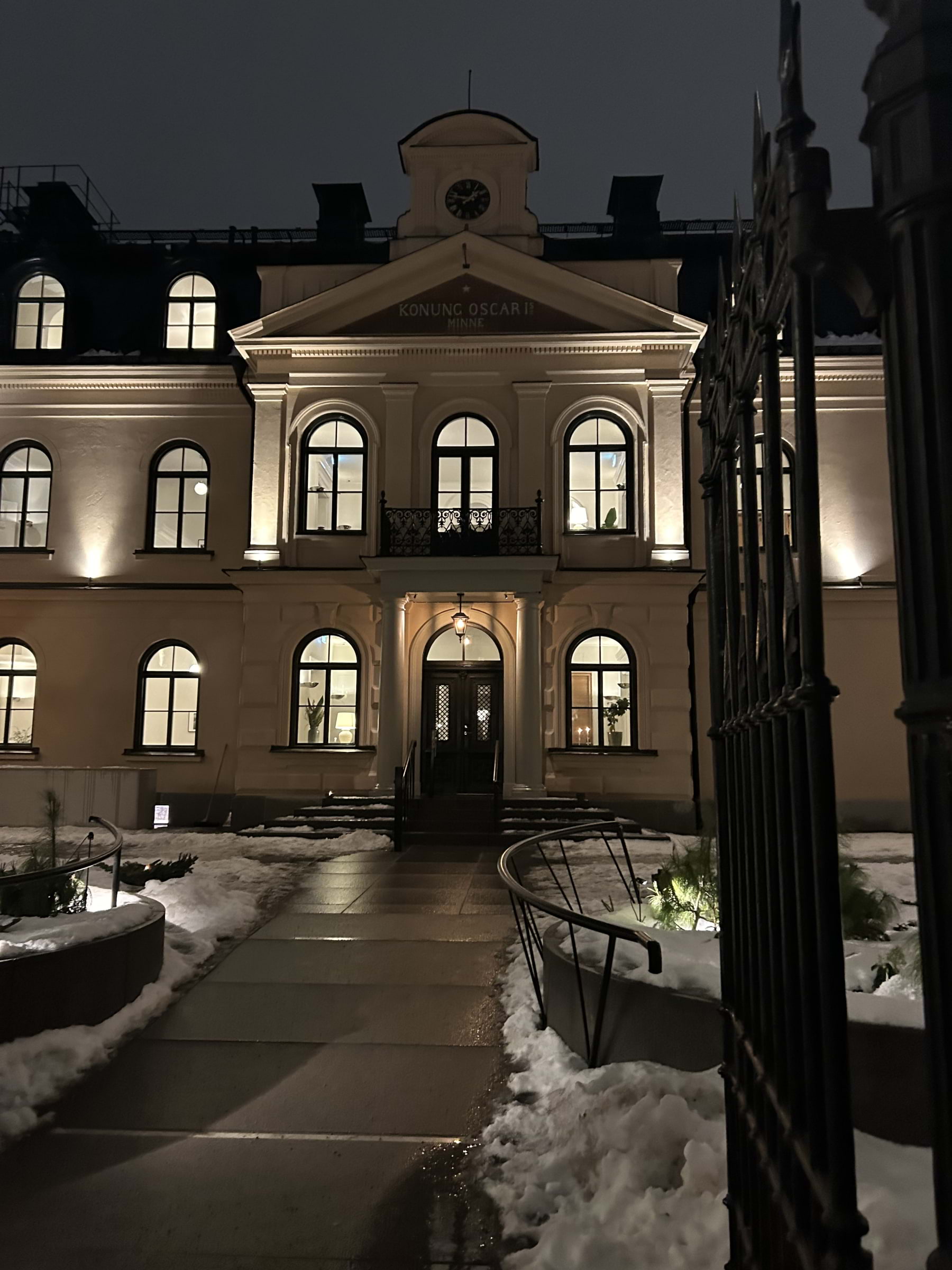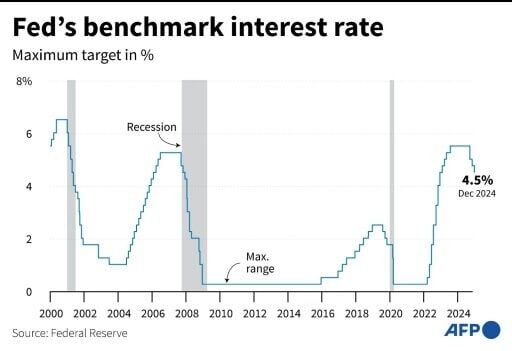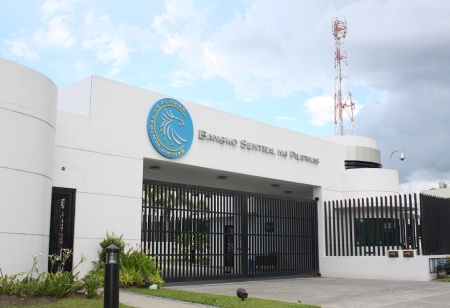Long Live The Lente! Understanding Springtime Terminology

Table of Contents
Words for Spring's Arrival
While many simply use lente to describe spring, the Dutch language offers subtle variations that add depth to our understanding of the season. The richness of the language allows for a more nuanced description of springtime's arrival.
-
Lente: This is the most common and widely accepted term for spring. It encompasses the entire season, from the first signs of warmer weather to the lush greenery of late spring. For example: "De lente is eindelijk aangebroken!" (Spring has finally arrived!)
-
Voorjaar: Literally translating to "before-year," voorjaar often emphasizes the earlier part of spring, the period between winter's end and the full bloom of lente. Think of it as early spring, the period of anticipation before the full blossoming. Example: "De eerste bloemen bloeien al in het voorjaar." (The first flowers are already blooming in early spring.)
-
Other regional variations: While lente and voorjaar are the most common, some regional dialects might use slightly different words or phrases, adding another layer to the diverse linguistic tapestry of the Netherlands. Researching regional variations could offer fascinating insights into the diverse ways Dutch speakers experience and describe lente.
Describing Spring Weather
The Dutch language offers a colorful palette of words to describe the ever-changing weather of spring. From the gentle warmth of the sun to the refreshing showers, the vocabulary perfectly captures the dynamic nature of this season.
-
Sunshine: Words like zonneschijn (sunshine), zonovergoten (sun-drenched), and stralende zon (radiant sun) evoke the feeling of warm spring days. The intensity of the sunshine can be described with modifiers like helder (bright) or zwak (weak).
-
Rain: Spring showers are captured by words like regen (rain), buien (showers), and regendruppels (raindrops). The intensity can be expressed with words like zachte regen (gentle rain) or hevige regenbui (heavy downpour).
-
Temperature: The fluctuating temperatures are described with words like warm (warm), zacht (mild), koel (cool), and fris (fresh). You might hear phrases like "een zachte lentebries" (a gentle spring breeze) or "een frisse lentedag" (a fresh spring day).
-
Wind: Spring winds are described using words like wind (wind), bries (breeze), and vlaag (gust). The descriptive power of the Dutch language allows speakers to convey the subtle nuances of a gentle breeze or a stronger gust of wind.
-
Idioms: Dutch is rich in idioms related to spring weather. For example, "april doet wat hij wil" (April does what it wants) reflects the unpredictable nature of April's weather.
Spring Flowers and Nature
The awakening of nature in spring is beautifully captured in the Dutch vocabulary, with a wealth of words dedicated to spring flowers and the renewal of the natural world.
-
Flowers: Common spring flowers like tulips (tulpen), daffodils (narcissen), and hyacinths (hyacinten) have their own distinct names. The sheer variety of flowers blooming during lente is mirrored in the diversity of words used to describe them.
-
Blooming: The process of blooming is described with phrases like in bloei staan (in bloom), uitkomen (to come out), and ontluiken (to unfold), painting a picture of the vibrant emergence of new life.
-
Sounds and Smells: The sensory experience of spring is captured with words like vogelsgezang (birdsong), frisse lucht (fresh air), and bloemengeur (flower scent), allowing a complete immersion in the sensory richness of the season.
-
Renewal: Phrases like de natuur ontwaakt (nature awakens) and alles bloeit op (everything is blooming) emphasize the renewal and rebirth associated with spring.
Birds and Animals in Spring
The arrival of spring is also marked by increased animal activity, especially among birds. The Dutch language has a rich vocabulary to capture these changes.
-
Birdsong: Words like vogelsgezang (birdsong), tjilpen (chirping), and fluiten (whistling) evoke the cheerful sounds of spring birds. Specific bird calls can be described with onomatopoeic words or more descriptive terms.
-
Animal Behavior: The increased activity of animals in spring, including mating and nesting, is described with specific verbs and phrases highlighting these behaviors. Words like paren (to mate) and nestelen (to nest) precisely capture these essential aspects of springtime in the animal kingdom.
-
Migration: The return of migratory birds is captured with words and phrases relating to their arrival and movements, offering a dynamic view of this annual event.
Conclusion
This exploration of springtime terminology in Dutch has hopefully illuminated the richness and depth of the language when it comes to describing the lente. From the subtle differences between lente and voorjaar to the vivid descriptions of spring flowers and weather, the Dutch language offers a unique and poetic way to experience this beautiful season. So, let's celebrate the arrival of the lente by embracing the beauty of its language and continuing to learn more about its nuanced expressions. Continue your exploration of the lente vocabulary—discover even more words and phrases that capture the essence of this vibrant season!

Featured Posts
-
 Why Deion Sanders Is Proud Of Shedeurs Football Skills Despite Lack Of His Speed
Apr 26, 2025
Why Deion Sanders Is Proud Of Shedeurs Football Skills Despite Lack Of His Speed
Apr 26, 2025 -
 Fugro And Damen Partner To Bolster Royal Netherlands Navy Capabilities
Apr 26, 2025
Fugro And Damen Partner To Bolster Royal Netherlands Navy Capabilities
Apr 26, 2025 -
 Krogkommissionens Recension Stockholm Stadshotell En Grundlig Bedoemning
Apr 26, 2025
Krogkommissionens Recension Stockholm Stadshotell En Grundlig Bedoemning
Apr 26, 2025 -
 Deion Sanders Son Shedeur A Different Kind Of Success
Apr 26, 2025
Deion Sanders Son Shedeur A Different Kind Of Success
Apr 26, 2025 -
 George Santos Faces Up To 7 Years In Federal Fraud Case
Apr 26, 2025
George Santos Faces Up To 7 Years In Federal Fraud Case
Apr 26, 2025
Latest Posts
-
 Saab Sees Reduced Wait Times For Military Orders
Apr 26, 2025
Saab Sees Reduced Wait Times For Military Orders
Apr 26, 2025 -
 Trump Tariffs And Disinflation Ecb Member Holzmanns Perspective
Apr 26, 2025
Trump Tariffs And Disinflation Ecb Member Holzmanns Perspective
Apr 26, 2025 -
 Trade War Fears Market Strategists Lower European Stock Market Forecasts
Apr 26, 2025
Trade War Fears Market Strategists Lower European Stock Market Forecasts
Apr 26, 2025 -
 Tariff War Leading Philippine Bank Ceo Forecasts Economic Challenges
Apr 26, 2025
Tariff War Leading Philippine Bank Ceo Forecasts Economic Challenges
Apr 26, 2025 -
 Trump Envoys Moscow Trip Interfax Report Highlights Key Details
Apr 26, 2025
Trump Envoys Moscow Trip Interfax Report Highlights Key Details
Apr 26, 2025
